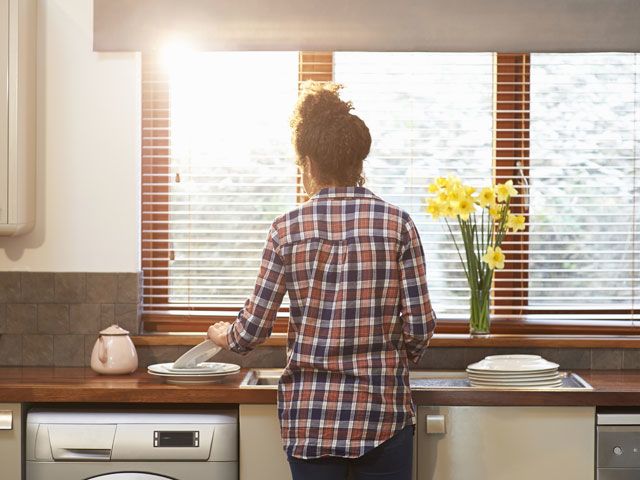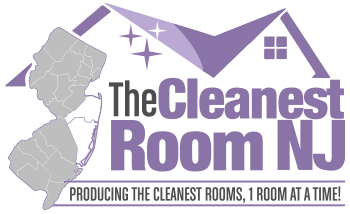 If a restaurant inspector barged into your kitchen tomorrow, would it pass the test—or would he threaten to shut you down? Clipboard in hand, he’d check the temperature inside the refrigerator, warmer than 40 degrees? Violation. Raw meat stored above ready-to-eat food? More points off. Same goes for dirty, cracked eggs, and swollen, leaking, or rusted cans of food. And don’t even think about smoking while you’re cooking.
If a restaurant inspector barged into your kitchen tomorrow, would it pass the test—or would he threaten to shut you down? Clipboard in hand, he’d check the temperature inside the refrigerator, warmer than 40 degrees? Violation. Raw meat stored above ready-to-eat food? More points off. Same goes for dirty, cracked eggs, and swollen, leaking, or rusted cans of food. And don’t even think about smoking while you’re cooking.
At least one in seven home kitchens would flunk a restaurant-type health inspection, a recent study by the Los Angeles County Department of Public Health suggests, and only three out of five would earn an A or B. Since food consumed at home is the source of roughly half of the nation’s annual 76 million cases of food-borne illnesses that’s worrisome. “Sometimes we get a little sloppy in our own kitchens,” says Joan Salge Blake, a registered dietitian and nutrition professor at Boston University. “Whether you’re bringing raw food into your home to prepare or leftovers from a restaurant, you have to do your part to help reduce the risk of coming down with a food-borne illness.”
To protect those who dine out, restaurant inspectors scrutinize every square inch of a commercial kitchen—from floor to ceiling and all surfaces in between. Among other things, they look for workers who are sick or don’t wash their hands, perishables that sit out, dirty equipment, and not cooking, storing, or reheating food at the proper temperature.
The health department won’t be sending an inspector into your kitchen, of course. The inspector is you. But by imposing basic standards that commercial kitchens have to follow, you’ll lessen your family’s chances of joining the 325,000 people hospitalized or 5,000 killed each year by salmonella, E. coli, and other food-borne bugs
